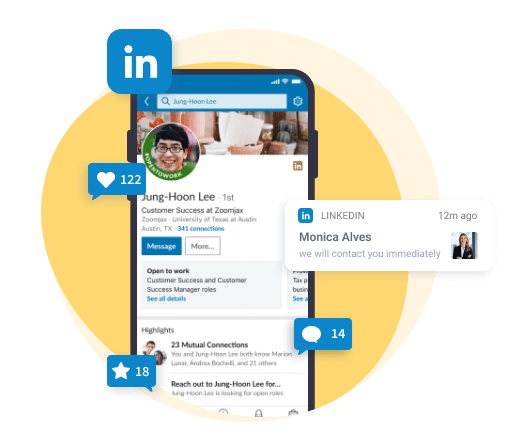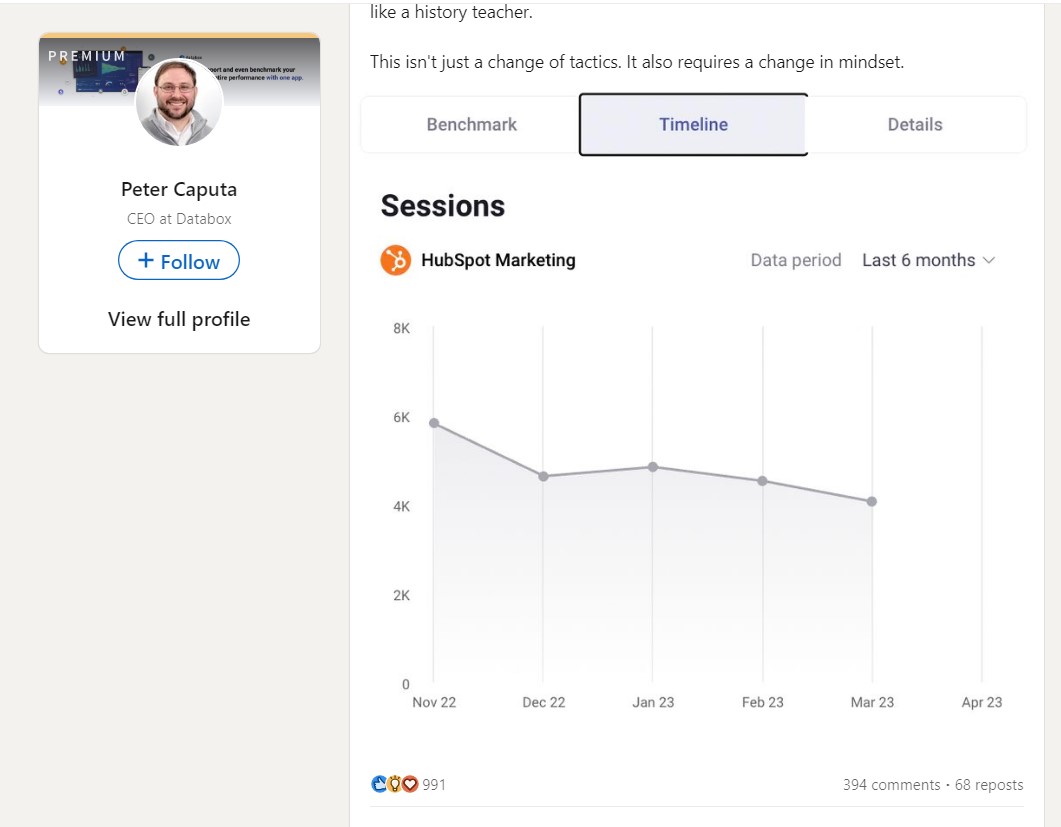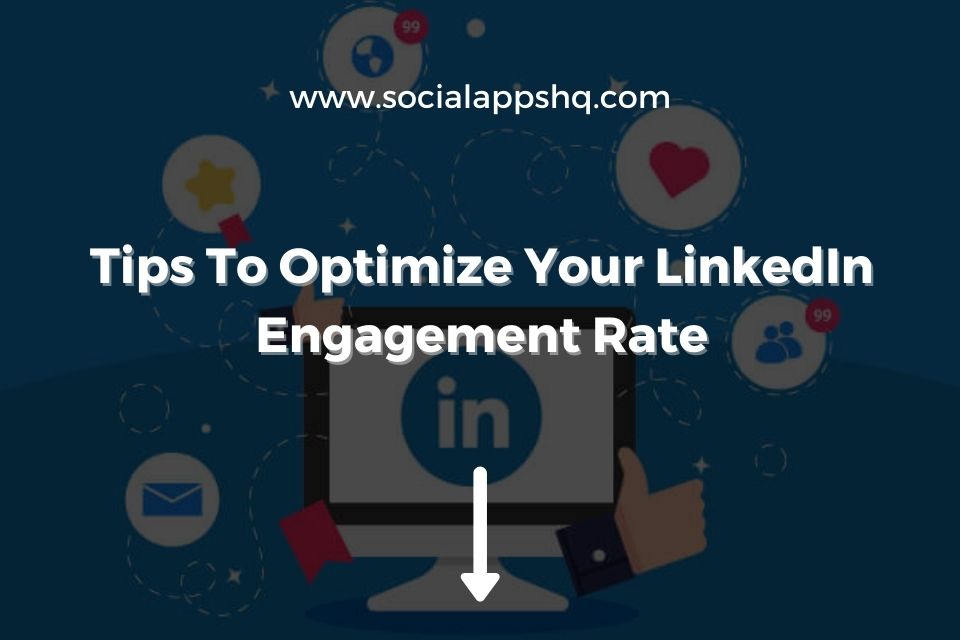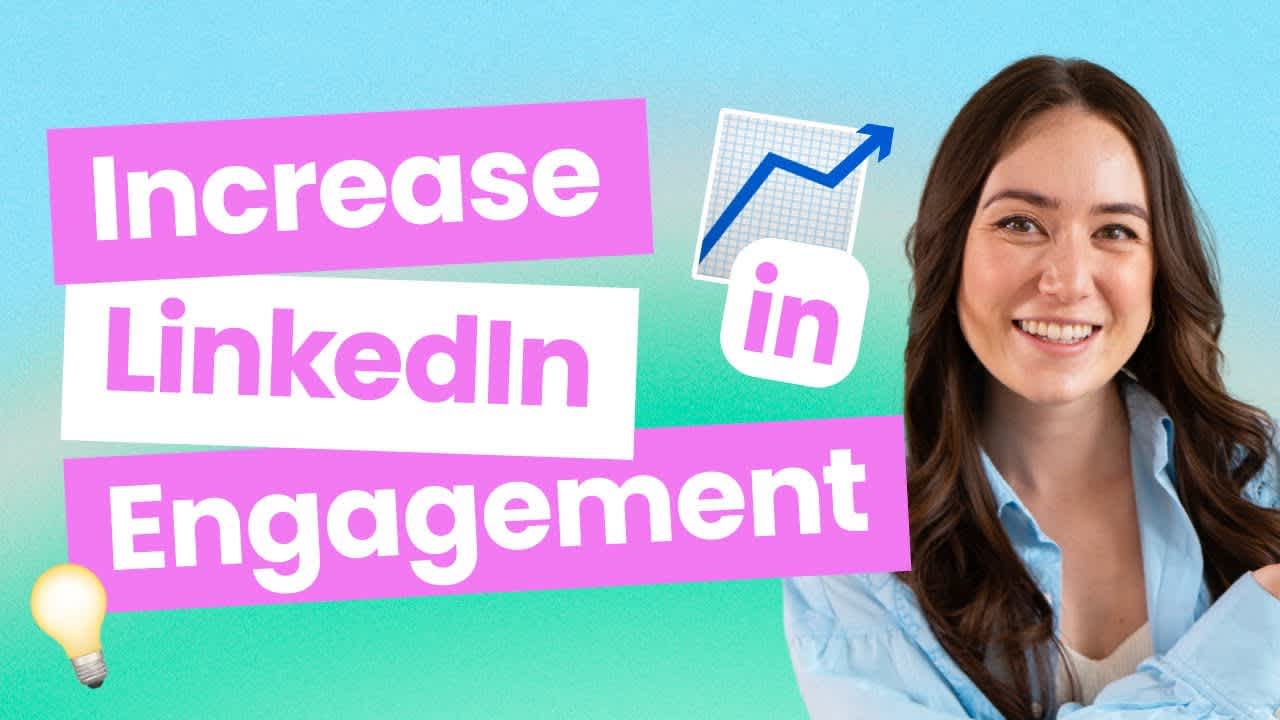Hey there! If you're looking to boost your professional presence online, understanding LinkedIn engagement is key. Engagement on LinkedIn isn't just about having a profile; it’s about connecting, interacting, and building relationships. One of the most important aspects of this is the likes you receive on your posts. They can provide crucial insights into how your content is resonating with your audience.
Understanding Likes on LinkedIn

So, what exactly do likes on LinkedIn mean? When someone likes your post, it’s more than just a thumbs-up. It indicates that your content has struck a chord with your audience. Here’s a deeper dive into why likes matter:
- Validation: Likes serve as social proof. When others like your content, it validates your thoughts and expertise in your field.
- Visibility: The more likes your post gets, the higher the chance it has of appearing on your connections' feeds. This can significantly increase your visibility.
- Networking Opportunities: Likes can lead to connections. If someone likes your post, it might encourage them to reach out, leading to new professional relationships.
Now, let’s break down the types of likes and how they can impact your strategy:
| Type of Like | Impact |
|---|---|
| Individual Likes | Indicates personal interest and can lead to direct engagement. |
| Group Likes | When groups of professionals like your post, it can amplify your message and increase reach. |
To effectively track engagement, consider monitoring the following:
- Trends: Keep an eye on which types of posts receive the most likes. Are they informational articles, personal stories, or industry news? This can help tailor your future content.
- Audience Insights: Analyze the profiles of those who like your posts. Understanding your audience demographics can help you create content that resonates more with them.
In conclusion, likes on LinkedIn are more than just a number. They can offer valuable insights into your engagement strategy and help you understand what resonates with your audience. Keep an eye on these metrics, and you’ll be on your way to building a stronger professional network!
Also Read This: How to Repost a LinkedIn Post
3. Step-by-Step Guide to Viewing Your Likes

Are you curious about the likes on your LinkedIn posts? Understanding this can help you gauge your audience's interests and improve your content strategy. Let’s dive into a simple, step-by-step guide on how to view your likes on LinkedIn.
Step 1: Log into Your Account
First things first, log into your LinkedIn account. Make sure you're using the correct credentials to access your professional network.
Step 2: Go to Your Profile
Once you’re logged in, click on your profile icon or your name at the top of the homepage. This will take you directly to your profile, where all your posts and activities are displayed.
Step 3: Navigate to Your Posts
Scroll down your profile until you find the "Activity" section. Here, you will see an overview of your recent activity, including posts, articles, and comments. Click on the “See all activity” link to expand this section.
Step 4: Check Your Posts
In the "Activity" section, switch to the “Posts” tab. This area displays all the posts you've made. Each post will show the number of likes it received, along with comments and shares.
Step 5: Analyze Your Likes
Click on any post to see the details, including who liked your post. This can give you insights into your connections and their interests. You might even discover new opportunities for engagement!
By following these steps, you can easily view your likes on LinkedIn. Tracking this engagement is crucial for understanding what resonates with your audience, allowing you to create more targeted content in the future.
Also Read This: How to Format Text in LinkedIn Post
4. Tools to Track Your LinkedIn Engagement

Now that you know how to view your likes, let’s explore some handy tools that can help you track your LinkedIn engagement more effectively. Using the right tools can provide deeper insights, making your LinkedIn strategy more efficient.
- LinkedIn Analytics: This built-in feature provides essential metrics on your posts, including likes, comments, shares, and overall engagement rates. You can access this by clicking on the “Analytics” tab in your profile.
- Hootsuite: A powerful social media management tool, Hootsuite allows you to schedule posts and track engagement across multiple platforms, including LinkedIn. Its analytics dashboard provides detailed insights into how your content is performing.
- Buffer: Similar to Hootsuite, Buffer offers scheduling and analytics for your LinkedIn posts. You can monitor engagement metrics and adjust your strategy based on what works best.
- Sprout Social: This tool provides comprehensive reports on your LinkedIn engagement, helping you understand audience behavior and optimize your content strategy effectively.
- LinkedIn Sales Navigator: If you’re in sales or marketing, this tool offers advanced search capabilities and insights into how your prospects engage with your content. It’s a great way to track engagement with potential clients.
Using these tools will not only help you track your likes but also give you a broader view of engagement trends. Remember, effective tracking leads to better content decisions, boosting your professional presence on LinkedIn!
Also Read This: How to Get a Resume from LinkedIn: A Guide to Viewing and Downloading
5. Analyzing Your Engagement Data

Once you start tracking your likes and engagement on LinkedIn, it's crucial to delve into the data and understand what it means. Analyzing your engagement data gives you insights into what resonates with your audience and helps you refine your content strategy.
Start by looking at the metrics:
- Likes: These are the simplest form of engagement, but they provide immediate feedback. High likes suggest that your content is hitting the mark.
- Comments: Comments indicate deeper engagement. They show not just interest but a willingness to interact. Look for trends in the types of posts that spark conversations.
- Shares: If your content is being shared, it means your audience finds it valuable enough to pass it along. This is a strong indicator of quality content.
- Profile Visits: Keep an eye on whether your posts are driving traffic to your profile. If people are interested in your content, they’re likely to want to learn more about you.
Once you have this data, it's time to analyze it:
- Identify Patterns: Look for patterns in the types of content that get the most engagement. Is it videos? Articles? Infographics? This will help you create more of what your audience loves.
- Time of Posting: Check if there are specific times when your posts perform better. Engaging with your audience when they’re most active can significantly boost your post visibility.
- Target Audience: Analyze who is engaging with your posts. Are they industry peers, potential clients, or recruiters? Tailoring your content to your most engaged audience can enhance relevance and drive better engagement.
Finally, remember to keep a consistent schedule for analyzing your data. Monthly reviews can help you stay on top of trends and adjust your strategy as needed to keep your engagement levels up!
6. Tips for Improving Engagement on LinkedIn
Improving engagement on LinkedIn isn't just about posting frequently; it’s about being strategic and thoughtful in your approach. Here are some effective tips to kick your engagement up a notch:
- Share Personal Stories: People connect with stories. Share your professional journey, challenges, and successes. Authenticity resonates and encourages others to engage.
- Ask Questions: Encourage interaction by asking open-ended questions in your posts. For example, instead of stating a fact, ask, “What do you think about this trend?”
- Use Visuals: Posts with images or videos tend to perform better. A captivating visual can grab attention and keep users scrolling.
- Tag Influencers and Peers: When relevant, tag people in your posts. This not only expands your reach but also invites them to join the conversation.
- Engage with Others: Don't just post and ghost! Spend time liking, commenting, and sharing others' content. Engaging with your network encourages them to return the favor.
Additionally, consider the following strategies to further boost your engagement:
| Strategy | Description |
|---|---|
| Consistent Branding | Maintain a consistent tone and image across your posts to establish a recognizable presence. |
| Leverage LinkedIn Groups | Join groups relevant to your industry and participate in discussions to extend your reach. |
| Utilize Hashtags | Use relevant hashtags to categorize your content and improve discoverability. |
By implementing these tips, you can create a more engaging presence on LinkedIn, leading to meaningful connections and opportunities. Remember, it's all about creating value and fostering genuine conversations!
 admin
admin








